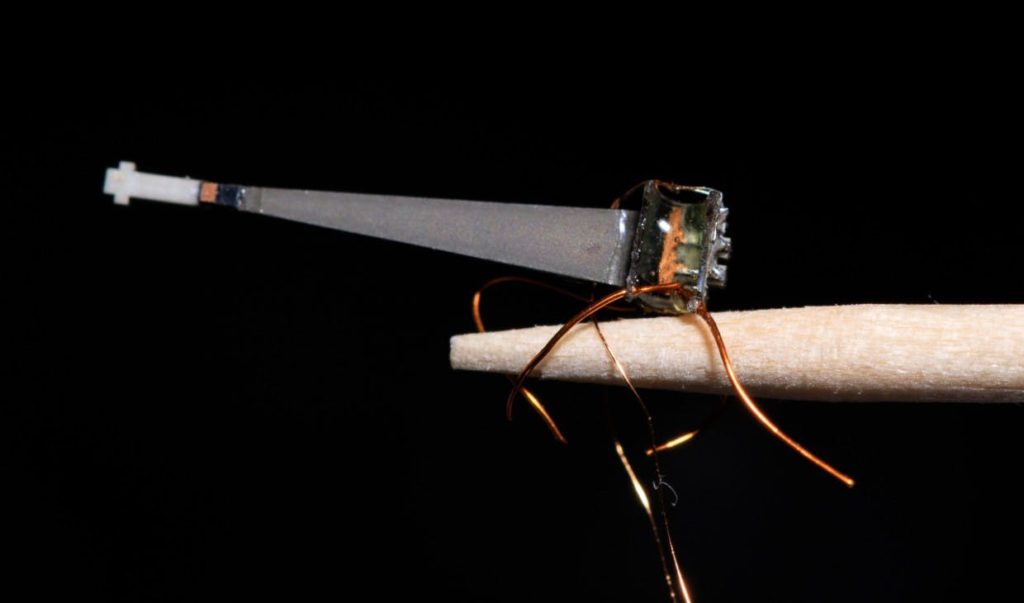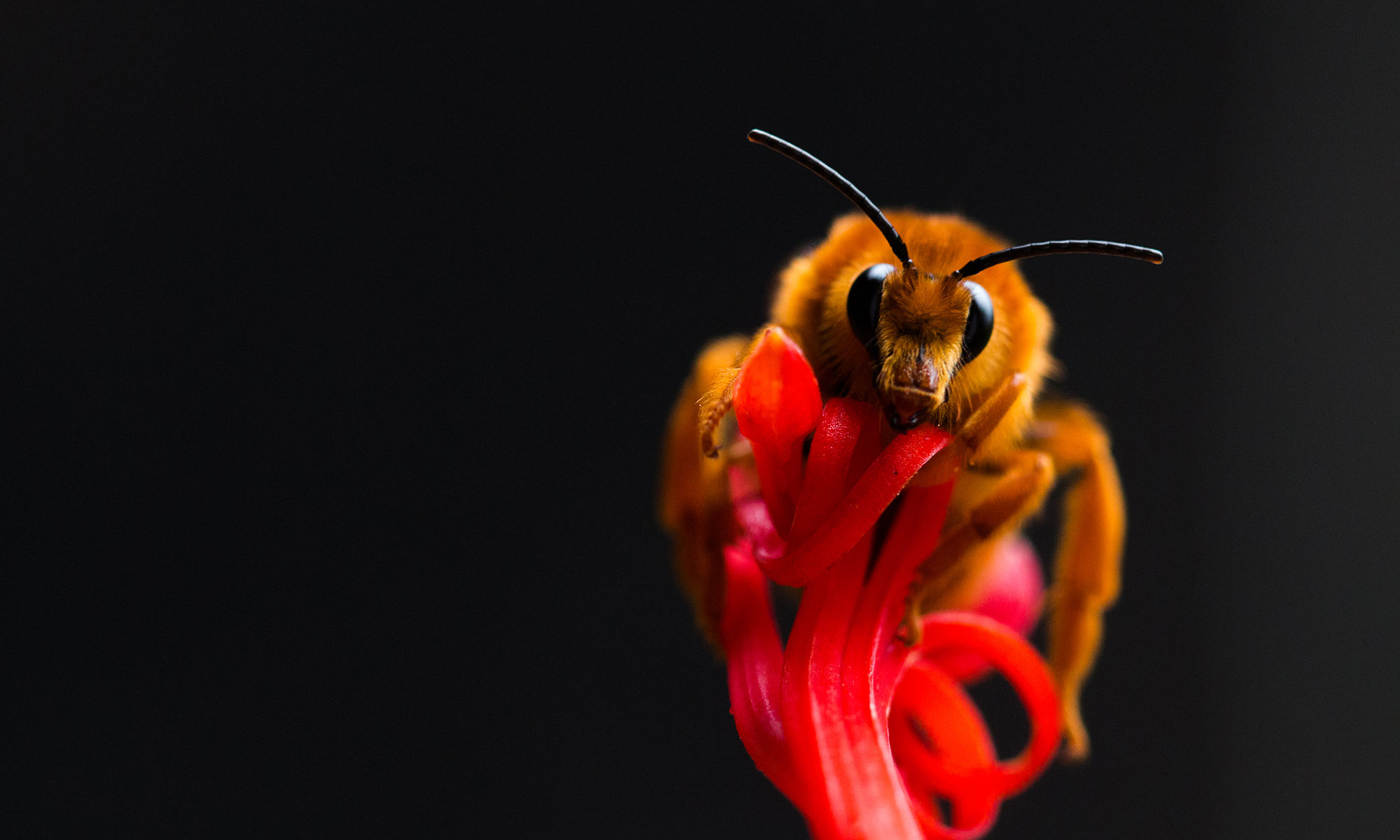
What is buzz pollination?
Buzz pollination is a type of pollination in which bees use vibrations to extract pollen from flowers, incidentally pollinating them. The behaviour of producing vibrations on flowers to collect pollen is sometimes called “sonication” or “buzzing” due to the relatively loud sound associated with the vibrations produced by bees.
For the past few years, my lab has been studying buzz pollination, trying to understand how buzz pollination works from both bee and flower perspective. During buzz pollination, bees use their thoracic muscles to produce very high frequency vibrations (hundreds of cycles per second). These vibrations cause pollen (carrying the plant’s male gametes) to bounce inside the anthers and eventually be forcefully propelled outside the anther and onto the bee’s body.
Buzz pollination has evolved among thousands of flowering plants, including species of agricultural importance like tomatoes and potatoes. The reliance of many plant species on buzz-pollinating bees makes particularly worrying the recent decline in bee populations around the world.
Interestingly, not all bees can buzz-pollinate: Honeybees have never been observed using vibrations to remove pollen from flowers, which is odd given that they can produce vibrations in other contexts.
Buzz pollination is relatively well known (many people have heard bumblebees buzzing away while extracting pollen), yet there are many open research questions in this field. For the past years we have used simple experiments and lots of patience to extract some of the secrets of this fascinating buzz-pollinating mechanism.
Early on my work on buzz pollination, my late colleague Paul De Luca and I published a review of buzz pollination in Current Opinion in Plant Biology. Our review paper attracted the attention of the press, and we were lucky to have our work covered by Carl Zimmer in this New York Times article.
Bridging robotics and buzz pollination
We have been awarded a grant from the Human Frontier Science Program to develop a new generation of micro robots and deploy them to study buzz pollination. In collaboration with Prof. Noah Jafferis (Electrical and Computer Engineering) at The University of Massachusetts, Lowe, we will use these robotic tools to mimic buzz pollination buzzes produced by a diversity of bees from tropical and temperate ecosystems. Instead of trying to replace bees with robots, we hope that our bee-inspired micro robots help us to understand how bee morphological diversity translates into diverse buzz pollination functions, and to highlight the essential need to conserve and foster bee diversity.
If you are interested in our recent work on this project you can check out our pre-print here.

Buzz pollination: Integrating bee behaviour and floral evolution
In 2019-2022 we conducted an exciting project thanks to the generous funding of the Leverhulme Trust. Our project seeks to integrate flower and bee perspectives to understand how buzz pollination works. We want to figure out how flower traits affect their response to vibrations, and how bee morphology and behaviour change their capacity to produce different types of vibrations. We are using a variety of approaches from biomechanical analyses in the lab to ecological experiments in the field. Thanks to the amazing work of lab members and collaborators we have published more than 10 peer-reviewed publications during this project. you can find them in the publications page.

Bees can learn to buzz-pollinate
Using naive bumblebees, we have shown that bees can adjust the type of vibrations they produce as they gain experience at manipulating flowers. The work was started as the dissertation of one of my undergraduate students, Tan Morgan, and in collaboration with Penelope Whitehorn and Gillian Vallejo. You can read more about this recent work and its implications here.
Floral vibrations are different from those produced during flight or defence
Bees can adjust the type of vibrations depending on the context. Thus, and angry buzz has a different acoustic signature than a buzz produced during feeding. We have recently shown that the different extends beyond how the vibrations sound (i.e. their acoustic properties) and floral vibrations also have the highest magnitude (amplitude) of all the studied vibrations produced by bumblebees in our experiments. The fact that not all buzzes are equal (see coverage in The Economist), together with the observation that different bee species have characteristic acoustic signals, raises the interesting possibility that bees can adjust the type of vibration produced to maximise pollen release. However, our experiments have not confirmed this hypothesis. Instead we find that experimental bumblebees produced the same type of vibrations on different flowers. These vibrations are then transmitted throughout the flower to different extents, which results in the flower experiencing different vibrations even when the bee’s vibrations have the same properties to begin with. Vibration properties affect pollen release, and thus the type of vibration experienced by the flower has important repercussions for both the bee and the plant.

To find more about our work on buzz-pollination follow these links: [Vallejo-Marin & Russell 2024] [Pritchard and Vallejo-Marin 2020] [Vallejo-Marin 2019] [de Luca, Cox and Vallejo-Marin 2014] [de Luca and Vallejo-Marin 2013] [de Luca et al. 2013]. Publications
Buzz pollination working group [follow this link]

